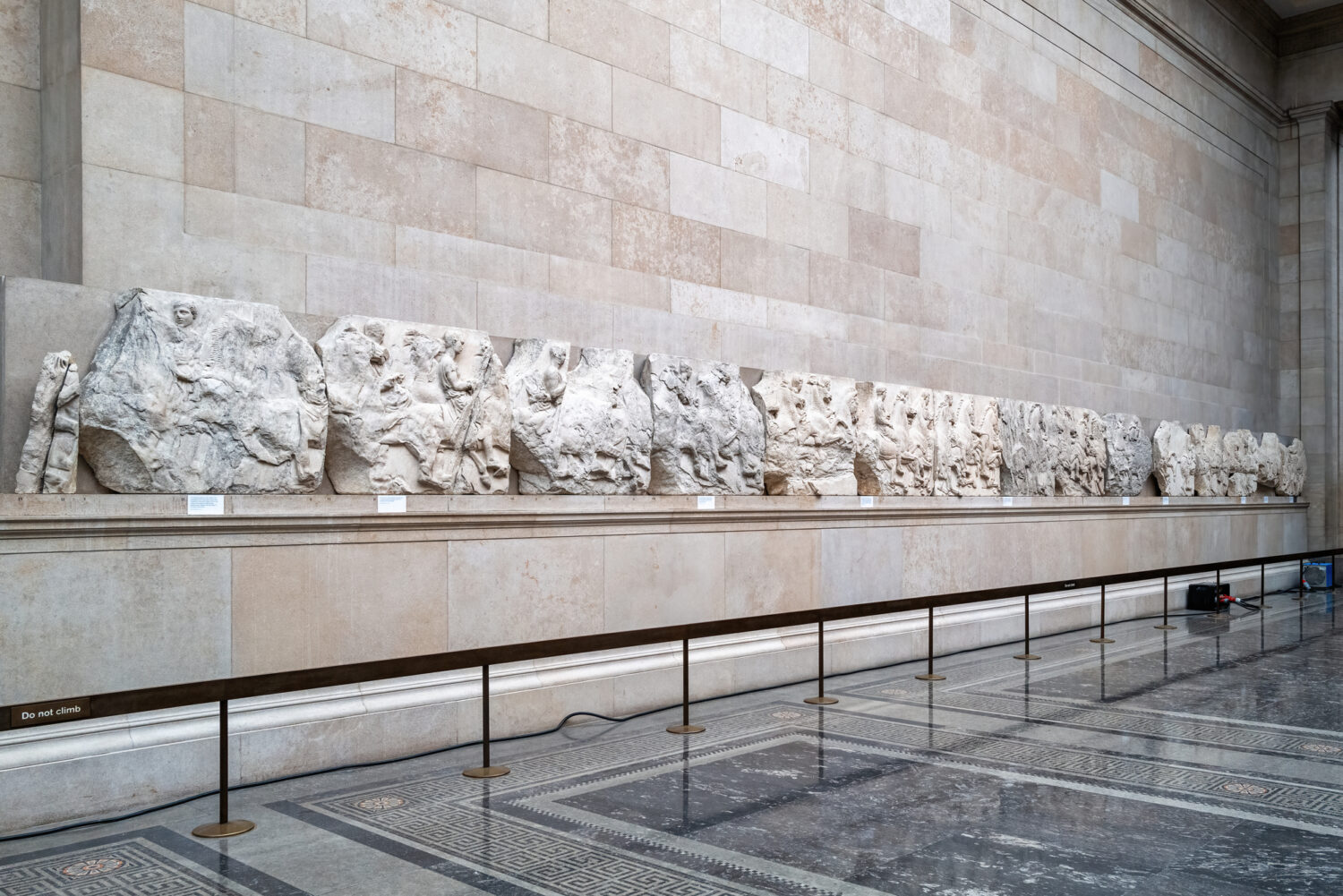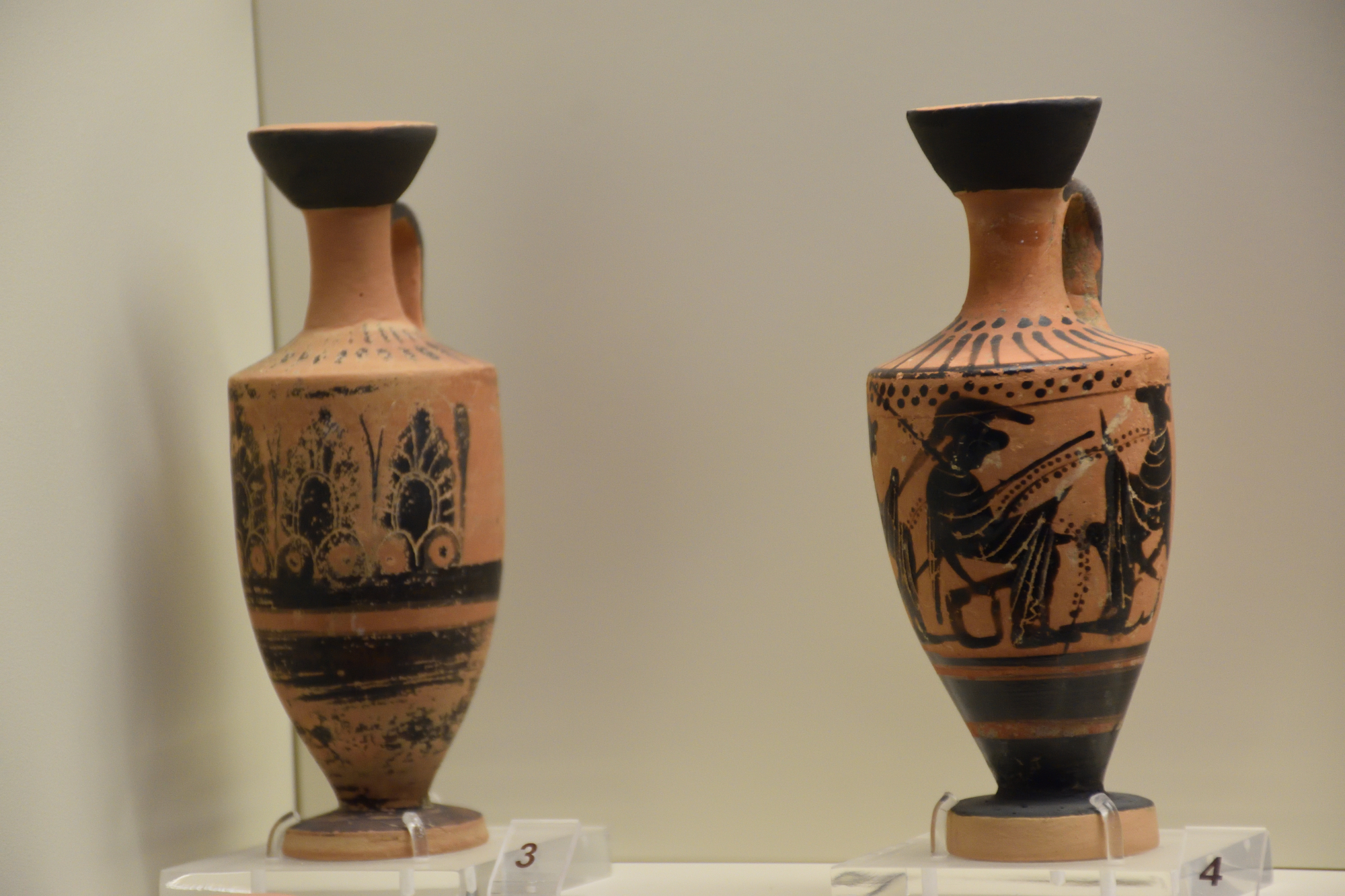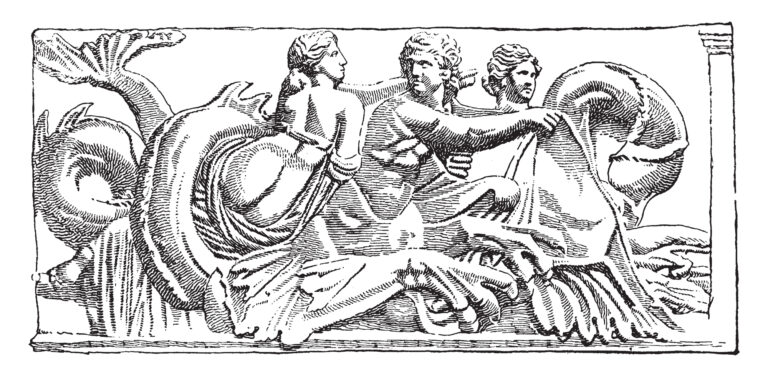The Disappearance of Notable Cretan Artefacts
The disappearance of notable Cretan artefacts is a complex and multifaceted issue, encompassing aspects of history, archaeology, art, and cultural heritage. Over the centuries, Crete’s strategic location in the Mediterranean and its rich history, spanning from the Minoan civilization to modern times, have made it a treasure trove of valuable artefacts. Unfortunately, various circumstances have led to the loss or disappearance of many of these artefacts.
Historical Context
- Cretan Civilizations: Crete has been the cradle of multiple advanced civilizations, most notably the Minoans, known for their art, architecture, and the still-undeciphered Linear A script.
- Conquests and Occupations: Crete’s history is marked by a series of conquests and occupations, including the Romans, Byzantines, Venetians, Ottomans, and even a brief period of Nazi occupation during WWII. These eras contributed to its cultural heritage but led to upheavals and looting.
Causes of Disappearance
- Looting and Plundering: Throughout its history, Crete has seen various instances of looting, especially during wars and occupations. Artefacts have been stolen or illegally excavated and smuggled out of the country.
- Colonial and Foreign Excavations: During the 19th and early 20th centuries, foreign-led archaeological expeditions sometimes resulted in artefacts being taken out of Crete and displayed in museums abroad.
- Illegal Antiquities Trade: The black market for antiquities has been responsible for the disappearance of numerous Cretan artefacts. Illicit excavations and trade continue to be a concern.
Notable Disappearances
- Minoan Artifacts: Items from the Minoan civilization, renowned for their artistic and historical value, are among the most sought-after. This includes pottery, frescoes, and figurines.
- Religious Icons and Manuscripts: Numerous religious artefacts, including icons, manuscripts, and liturgical objects, have disappeared from churches and monasteries, often under mysterious circumstances.
Impact and Efforts to Recover
- Cultural Loss: The disappearance of these artefacts represents a significant loss to Crete’s cultural and historical heritage.
- Recovery Efforts: The Greek government, along with international organizations, has been involved in efforts to locate, recover, and repatriate stolen artefacts. These efforts sometimes involve diplomatic negotiations and legal battles.
- Awareness and Protection: There’s an increased awareness of the importance of protecting cultural heritage. Museums and archaeological sites in Crete now implement stricter security measures.
Modern Challenges
- Continued Threats: Despite efforts to curb illegal activities, the threat of looting and illicit trading persists, exacerbated by global demand for ancient artefacts.
- Documentation and Cataloging: Proper documentation, cataloguing, and digitalization of existing artefacts are vital for protection against theft and aiding recovery efforts.
Parallels with the Elgin Marbles
- Elgin Marbles Context: The Elgin Marbles, a collection of Classical Greek marble sculptures taken from the Parthenon and other buildings on the Acropolis of Athens, were removed by Lord Elgin and later sold to the British Museum in the early 19th century.
- Controversy and Repatriation Efforts: The acquisition of the Elgin Marbles has been a subject of controversy, with ongoing debates and legal battles over their repatriation to Greece.
- Relation to Cretan Artifacts: Like the Elgin Marbles, many Cretan artefacts were removed during periods of foreign occupation and are now held in museums or private collections abroad. The debate over their rightful ownership and location mirrors the issues surrounding the Elgin Marbles.

Nazi Art Thefts and Cretan Losses
- Nazi Plundering: During World War II, the Nazis looted an enormous amount of art and cultural artefacts from occupied territories, including Greece.
- Post-War Recovery and Restitution: The efforts to recover and return art stolen by the Nazis have been extensive but complicated, with many items still missing or in legal limbo.
- Cretan Context: Crete, which experienced Nazi occupation, also suffered losses during this period. Artefacts taken by the Nazis add to the list of cultural properties that Greece seeks to repatriate.
Contemporary Challenges and Efforts
- Legal and Ethical Questions: The return of cultural artefacts, whether from historical colonial contexts or wartime looting, raises complex legal and ethical questions about cultural heritage, ownership, and restitution.
- International Collaboration: Successful restitution often requires international collaboration and legal frameworks. UNESCO conventions and various international laws now govern the protection and repatriation of cultural heritage.
- Awareness and Advocacy: Increased public awareness and advocacy are crucial. High-profile cases like the Elgin Marbles and Nazi art thefts have brought broader attention to the issue, benefiting countries like Greece in their efforts to reclaim lost artefacts.
Conclusion
These artefacts are not merely historical items; they represent the rich tapestry of Crete’s history and its contributions to world civilization. Efforts to protect, recover, and repatriate these artefacts are crucial in preserving Crete’s legacy for future generations.
The case of the lost Cretan artefacts, when viewed in the context of the Elgin Marbles and Nazi art thefts, highlights the ongoing global conversation about cultural heritage and restitution. It underscores the need for continued vigilance, legal action, and international cooperation in preserving and reclaiming cultural heritage. These artefacts are not just pieces of art or antiquities; they are tangible connections to history and identity, deserving of protection and respect.







